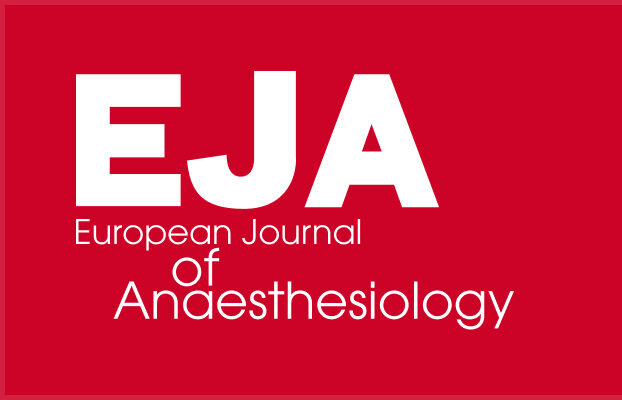Educational Courses
Essential Patient Safety Course (EPSC)
Important Information Go to the online CourseAbout the EPSC
The ESAIC has developed an extensive Patient Safety education programme, Safer Care to Save Lives (SCSL).
The ESAIC Essential Patient Safety Course (EPSC) is one part of this programme. It is a set of online modules aimed at providing key foundational knowledge on patient safety. It is ideal for those who are starting their journey into patient safety or who wish to build on their knowledge in specific areas.
It is a training pathway aimed at providing key knowledge on patient safety in acute settings: intensive care, anaesthesiology and perioperative care and emergency settings.
Inspiration for these modules comes from the overarching principles of the Helsinki Declaration on Patient Safety in Anaesthesiology. This course is also guided by the WHO Global Patient Safety Action Plan 2021-2030 and the WHO Multi-professional Patient Safety Curriculum.
Access to the ESAIC Essential Patient Safety Course is an exclusive benefit of ESAIC members.
Not yet a member? Click here to know how to become one.
It contains 5 eLearning modules on the following key topics:
- Patient Safety and the Helsinki Declaration on Patient Safety in Anaesthesiology
- Human Factors
- Common Safety issues in Anaesthesiology
- System Complexity and Patient Safety
- Quality Improvement Strategies for monitoring and implementing change.
The 5 eLearning modules will present learners with the key aspects of the Helsinki Declaration, explain issues related to system complexity and human factors and offer training in common quality and safety improvement tools. The programme works as a standalone course, but it is also intended to provide theoretical content required for the ESAIC Advanced Patient Safety Course (APSC) and the ESAIC Patient Safety and Quality Masterclass (PSQMC).
Important Information
Who is this course for?
The ESAIC Essential Patient Safety Course is aimed at all healthcare professionals, patients and stakeholders interested in patient safety in the acute settings: Intensive Care, Perioperative Care, Anaesthesia, Emergency and other settings where acute patients are treated.
Access to the ESAIC Essential Patient Safety Course is an exclusive benefit of ESAIC members.
Not yet a member? Click here to know how to become one.
What is the format?
The EPSC includes a variety of media, including lectures, videos, interviews, theoretical content and interactive exercises and scenarios. It also includes updated reading on the topic and short evaluation tests that close each of the modules.
What are the course goals?
These modules will focus on the following goals:
- Provide a theoretical update on the different aspects of the current state-of-the-art in the different fields of patient safety and quality in the perioperative setting, according to the framework defined in the Helsinki Declaration for patient safety in anaesthesiology.
- Learn the basics of human factors as a source and solution for patient safety issues with a focus on leadership, teamwork, communication and situation awareness.
- Study and identify the common safety issues in anaesthesiology, intensive care and other acute settings. These include intravenous medication errors, healthcare-related infections and device-related problems.
- Understand health system complexity as one of the core components of patient safety issues.
- Acquire basic knowledge and train on safety improvement strategies to manage common clinical risks and hazards in acute settings. These will include drug error management, conflict management, problem-solving, critical incident analysis and improvement strategies.








